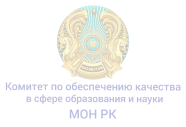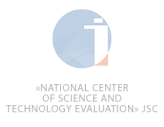A COMPARATIVE EXAMINATION OF LANGUAGE ECOLOGY AND LANGUAGE POLICY IN POST-SOVIET CENTRAL ASIA
DOI:
How to Cite
Abstract
In the late Soviet era, the domains of use of languages were largely a function of ethnic groups’ status in the Soviet administrative hierarchy. Russian was at the top; below it were the eponymous languages of the non-Russian 14 “Union Republics;” all other languages were used in relatively narrow sets of domains. The “Union Republic languages” included five in Central Asia-- Kazakh, Kyrgyz, Tajik, Turkmen, and Uzbek. These languages’ use in fewer domains than most other Union Republic languages profoundly affected their expansion into new domains after 1991. Two other factors affecting this primarily rooted in the Soviet era were the ethnic composition of the republics upon the USSR’s collapse and their populations’ language repertoires. In addition to these “Soviet heritage factors,” language policy and ecology have also been shaped by each country’s nation building project, its international orientation, the nature of its political system, and its economic resources. Russian today remains more widely used in high prestige domains in Central Asia than in all other former Soviet republics except Belarus. However, Russian is less used in a wide variety of domains in Central Asia than it is in “autonomous” units of the former RSFSR.
Key words: language, language ecology, Kazakhstan, language policy, Central Asia.








